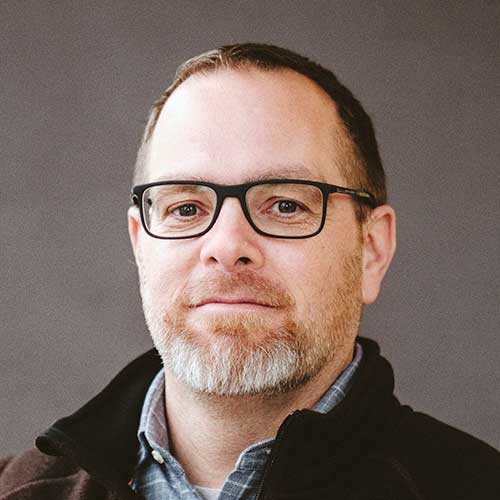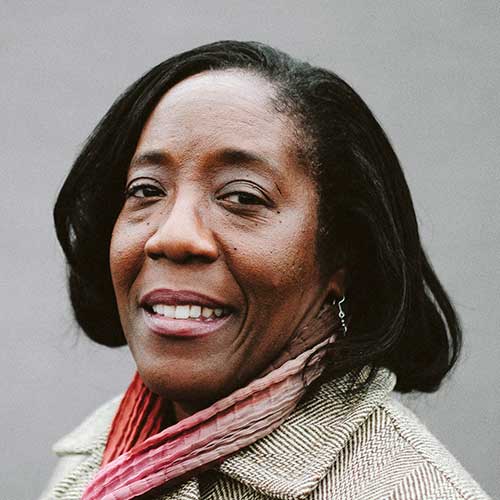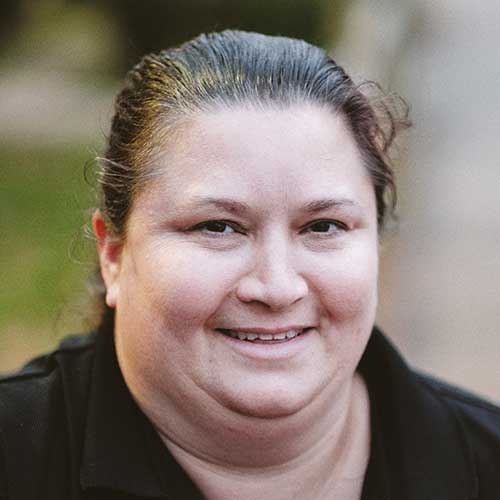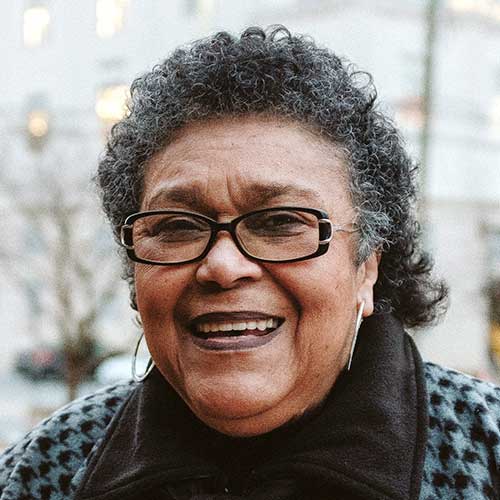Resident advisory committee makes big changes
Description
- January-February: Frank Grosch resigns from PHA.
- March: PHA, at the direction of residents, hires the Grimm and Parker architectural firm. PHA reports that: “The average annual household income for Friendship Court is $10,800.”
- May: PHA blog post: “Master Plan Digest”—Depicts the proposed courtyards, private patios, rooftop amenities, sidewalks and pathways, with a large common area big enough for the whole community. A basketball court and indoor recreation facility will also be part of the buildings.
- August: Sunshine Mathon is hired as the new CEO of PHA.
- October: PHA and the resident advisory committee begins meeting every two weeks with Grimm and Parker to make decisions about the plan: road widths, unit sizes, etc.
- November: The advisory committee decides to portion out the income levels of units into thirds: 150 at Section 8, 150 at 40-60% AMI, 150 at 100% AMI.
- November: The advisory Committee takes trip to Washington, D.C., to look at mixed-income developments.
Quote
We’ve worked really hard to make sure that all of the residents feel comfortable. We’ve thought about our seniors, we’ve thought about our families with people who have disabilities, and just wanted to make sure that everybody’s comfortable. And I feel good, I feel good about it.
— Tamara Wright, resident advisory committee member
People
What was first moment of power for committee members?
Where were redevelopment plans when you got hired at PHA as CEO?
Was there a sense of urgency around the redevelopment process?
How have you seen the resident advisory committee evolve? When did you see them first experience really having a voice?
Charlottesville is still very segregated, how could the mixed-income approach to redeveloping Friendship Court affect that?
Have you heard residents with concerns about mixed-income housing in Friendship Court?
What was the trip up to Washington, D.C. like with residents to look at mixed-income communities there?
What are some of the things the committee’s had a role in deciding?
How did you get the number of market rate units to be reduced to 150?
Is the Section 8 system of housing broken?
The Reimagining of Friendship Court
The redevelopment of Friendship Court is slated to be the largest new construction of low-income housing undertaken in Charlottesville in more than two decades. The plan alone is groundbreaking, having been directly created by current Section 8 residents in partnership with Piedmont Housing Alliance. City staff calls it the most nuanced and complex plan they’ve ever encountered. It ambitiously attempts to balance promises of zero resident displacement with the city’s broader affordable housing needs, while also calling for hundreds of new, likely higher-income, residents to move in, as residents hope to de-stigmatize the lasting effects of poverty born out of generations of racist government policy and neglect.
This year will be the make-or-break year for Friendship Court’s redevelopment efforts. Millions of dollars in city, federal, and private funding stand between the massive plan and the highly anticipated 2020 groundbreaking. And while the green lights have begun to align and most residents are excited, the plan has its critics — those who call for greater levels of resident autonomy, greater security measures to guard against social and cultural displacement, and greater reparations for past wrongs.
In crafting this project, we’ve tried to tackle all of this and more by separating the longer narratives into five major questions:
Part 1: What is the plan?
Part 2: How did we get here?
Part 3: Does mixed-income housing work?
Part 4: Who does Friendship Court belong to?
Part 5: What’s next?
But we also wanted to give you access to as much of our reporting as possible, so we’ve created a timeline that details the history of this area, dating back 150 years, through the use of more than 130 maps, documents, archived articles, and photographs. Similarly, we wanted you to actually hear each of the two dozen long-form interviews we conducted, and not merely the portions we’ve included in the individual stories. So we’ve included more than 300 audio clips throughout the story: in the articles, the timeline, and on each person’s profile page. Our hope is that with all this, more of the picture will begin to emerge, and that, as we stand ready to make powerful and significant changes in the city, we all can help craft the solutions.









